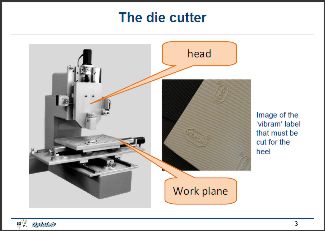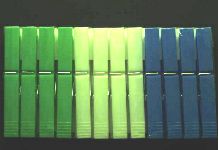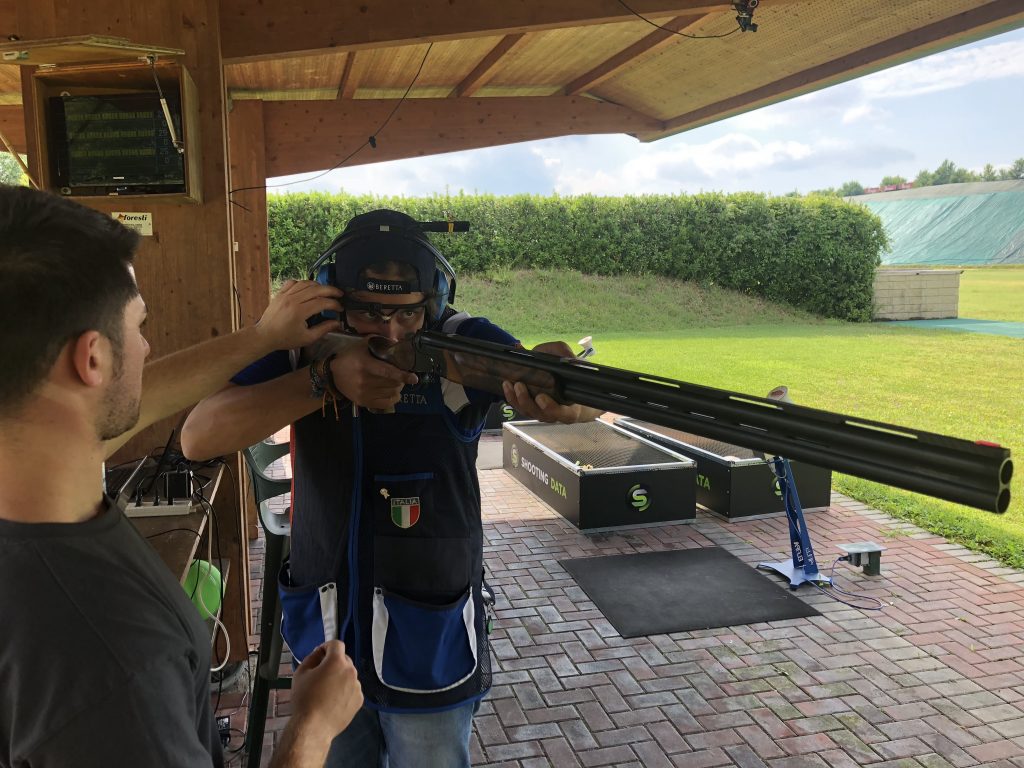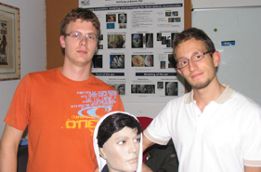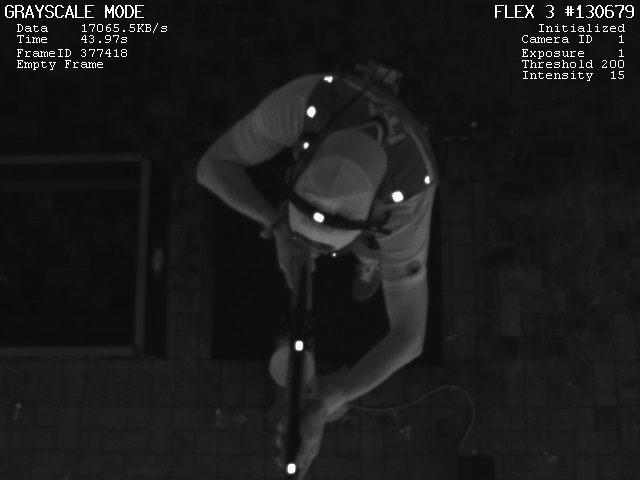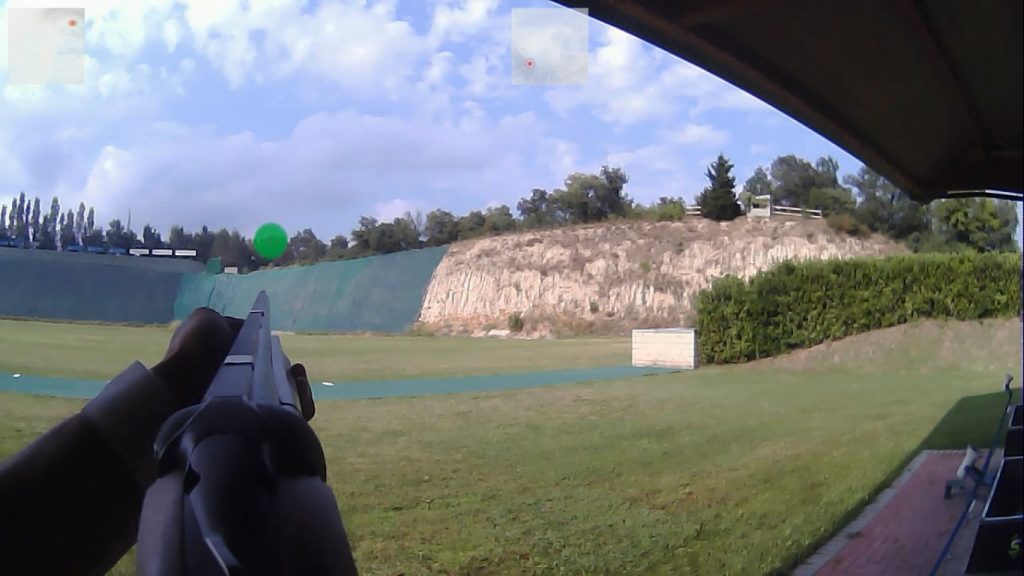The aim of this project was to develop a practical, user friendly software tool in order to have significant and quantitative information on macular edema from OCT images. The activity has been carried out in collaboration with the Cattedra di oculistica dell’ospedale di Varese (Italy), in 2006-2008. We have developed a novel, dedicated software, called OCT-Measurements Analysis Tool (OCT-MAT), that acquires the avi files from an OCT 3 (Carl Zeiss, Meditec, Dublin, CA, USA) and a OCT/SLO (Ophthalmic Technologies Inc., Toronto, Canada) instruments, and carries out five subsequent elaboration steps. These are (i) the creation of patient’s folder, (ii) the selection of frames from the avi files, (iii) the filtering of the frames, (iv) the extraction of quantative information from the hyporeflective areas and their analysis, and (v) the comparison among frames for patient follow-up.
The OCT-MAT software is able to process and output quantitative information in terms of the number of empty spaces and of their extension in micron2. In addition, it allows us to analyze edema reabsorption during time, by suitable clustering of macular empty spaces (i.e., hyporeflective areas). This new OCT-MAT software has been applied on 30 healthy eyes and on three groups of patients with different macular diseases.The use of the OCT-MAT software allows us to measure the edema in terms of both the number of empty spaces and of their extension directly from the inside retina. Suitable tools are available to customize the standard modalities of operation, in order to optimize the measurements. A dedicated staging system gives a quick interpretation of the results.
The possibility of comparing macula edema measurements belonging to different images processed in subsequent times results in the achievement of numerical information, instead of simple qualitative evaluation, on the evolution of macular edema as well as on edema clearance. The OCT-MAT can be installed on standard, non-dedicated hardware, and the learning curve of an experienced retina specialist is very short.
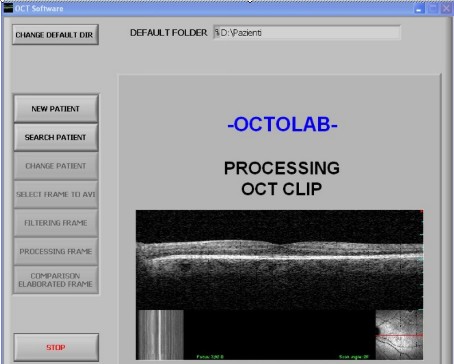
Relevant Publications
Sansoni, G.; Tironi, M.; Trebeschi, M.; Tottoli, F.; Azzolini, C.; Donati, S. “Diagnostica oculare mediante sistema di analisi per la misura di aree iporiflettenti intraretiniche“, Atti del XXIV Congresso Nazionale Associazione “Gruppo di Misure Elettriche ed Elettroniche”, pp. 319-320. 2007
Prati, M.; Donati, S.; Tartaglia, V.; Sansoni, G.; Tironi, M.; Chelazzi, P.; Brancato, R.; Azzolini, C. “Correlation Between Visual Acuity and Retinal Sensitivity Before and After Surgery for Macular Diseases“, Investigative Ophthalmology and Visual Sciences, Vol. 49, no. 13. 2008
Donati, S.; Sansoni, G.; Tironi, M.; Chelazzi, P.; Brancato, R.; Azzolini, C. “Evaluation of results of macular surgery: Role of microperimetry-related OCT imaging study“, Abstract and Presentation, 8th. EURETINA congress, Vienna. 2008


